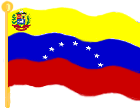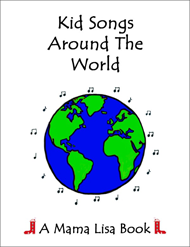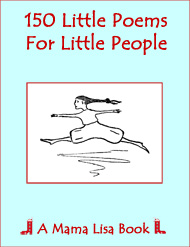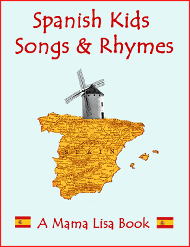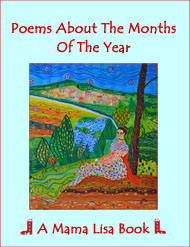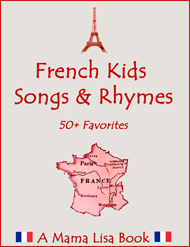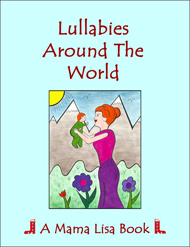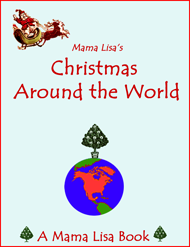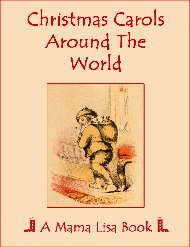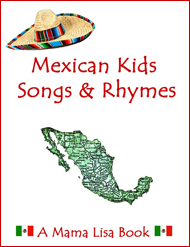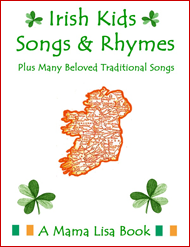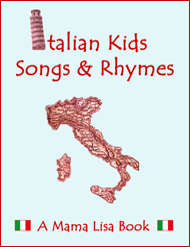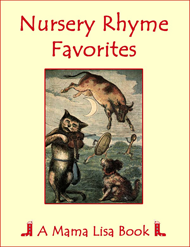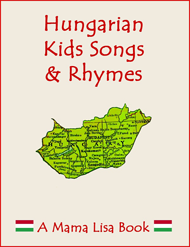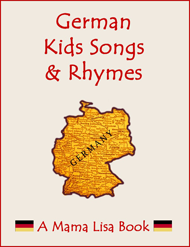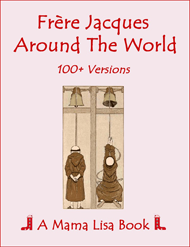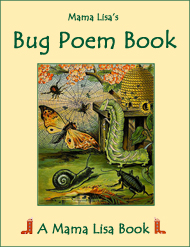El sebucán
The sebucán is a folk dance of Venezuela that's performed with each person holding a ribbon connected to a pole, like a May Day dance. The dancers interweave their ribbons as they dance around the pole.
The name of the dance comes from the name of a tool called the sebucán that's used by indigenous people in Venezuela. The tool is like a long woven basket. The dance steps follow the same techniques that are used to weave the fibers to make the sebucán basket. Once they've made the weave of ribbons down the top of the pole, you can see the resemblance to an actual sebucán.
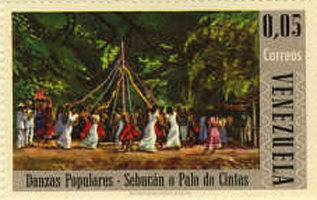
El sebucán
The Sebucán Dance
Danza en círculo
Circle Dance
(Spanish)
(English)
1. Nosotros somos los indios,
Los indios de Pariaguán, (x2)
Que venimos a bailar
Este lindo Sebucán. (x4)
2. Aquí estamos las guarichas
Tejiendo este Sebucán. (x2)
Y, si nos equivocamos,
Mal tejido quedará. (x4)
3. El que quiera aprender
A tejer el Sebucán, (x2)
Fijándose en nosotras
En seguida aprenderá. (x4)
4. El tejer el sebucán
Es de gran facilidad, (x2)
Pero para destejerlo
Está la dificultad. (x4)
5. Este lindo sebucán
Se abre como un paraguas, (x2)
Tiene cintas de colores
Y en el medio la encarná*. (x4)
6. Y ya estamos destejiendo
Este lindo sebucán, (x2)
Señores y señoritas,
Complacidos quedarán. (x4)
1. We're the indigenous people,
The indigenous people of Pariaguán (x2)
Who've come to dance
This pretty Sebucán. (x4)
2. Here are the girls
Weaving this Sebucán. (x2)
And if we're confused,
We'll make a bad weaving. (x4)
3. Whoever wants to learn
To weave the Sebucán, (x2)
Watch us and
You'll learn right away. (x4)
4. To weave the sebucán,
It's very easy, (x2)
But to unravel it
Is difficult. (x4)
5. This pretty sebucán,
Opens up like an umbrella, (x2)
It has many-colored ribbons
And in the middle a red one. (x4)
6. And we are already unraveling
This pretty sebucán (x2)
Ladies and gentlemen,
You will be very pleased. (x4)
Notes
*Encarná or encarnada (crimson, crimson red)
Pariaguán is a city in Venezuela.
About the Sebucán
The sebucán is a tool used by indigenous people in Venezuela and other parts of South America and the Caribbean to extract the poisonous cyanide from bitter cassava so that it can be eaten. It's a long, tubular basket made of interlaced reeds or bark. It's filled with peeled and grated cassava and hung up over a bucket. The sebucán is attached to a long stick that's used as a lever to stretch it. This compresses the cassava and makes the poison drip out. It takes about 4 hours to extract the poison to render the cassava edible.
You can see a video of the whole process here and here.
Game Instructions
The Sebucán Dance
The dance steps follow the same techniques that are used to weave the fibers to make a sebucán basket/tool.
The girls dancing this often wear wide colorful skirts or dresses. The boys are often dressed simply, with cropped khaki pants or jeans and a short sleeved white/plain top or no top. Sometimes the boys wear a straw hat.
There are typically any where between 6 and 12 ribbons (an even number) in different colors that are hung from the top of a wooden pole. One person stands in the middle of the dancers and holds the pole. Each dancer holds a ribbon and they stand in a circle around the pole, alternating male and female if possible.
There are variations to the beginning and end of the dance. Here's one way to do it:
1st Verse: The dancers stand close to the pole then further away. Then the boys go closer to the pole and then back away. Then the girls do it.
2nd & 3rd Verses: The dancers go around a specific way to weave their ribbons around the pole.
The men go around the pole in a counter-clockwise direction and the women go around clockwise. First the women pass through the outer side of the man next to them, each one bringing their ribbon over the man's ribbon. Then they pass on inside of the next dancer bringing their ribbon under that person's ribbon. They keep doing this until the ribbons are intertwined on the pole in imitation of a sebucán basket. Note: The person on the outside should always put their ribbon over the ribbon of the person on the inside.
4th & 5th Verses: They reverse direction to unweave the ribbons. They go around in the opposite direction following the same steps with the women passing on the outer side of the men next to them bringing their ribbon over the man's (to unwind the weave) and then passing on the inner side of the next dancer with their ribbon under the one on the outside. They should always be unweaving their ribbons. Note: The person on the outside should always put their ribbon over the ribbon of the person on the inside.
6th Verse: They stand in the circle again holding their unraveled ribbons. The dancers once again stand close to the pole then further away. They can repeat this a couple of times.
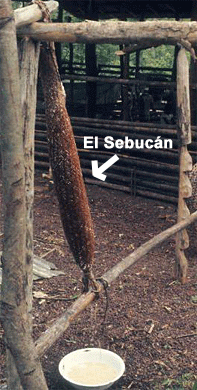
Comments
The sebucán dance itself comes from Europe (it's similar to dances like the Provençal Laces Dance called Lei courdello). The rhythm of the song has been influenced by African music.

Thanks!
Thanks!
Thanks!
Thanks and Acknowledgements
Translated by Lisa Yannucci.
1st Image: Venezuelan Stamp of the "Sebucán " or "Palo de Cintas" Dance
2nd Image: Sebucán - Image from History of Amerindians in the Caribbean, the Arawaks, edited by Lisa.
http://carriacou.biz/arawaks-amerindians/


